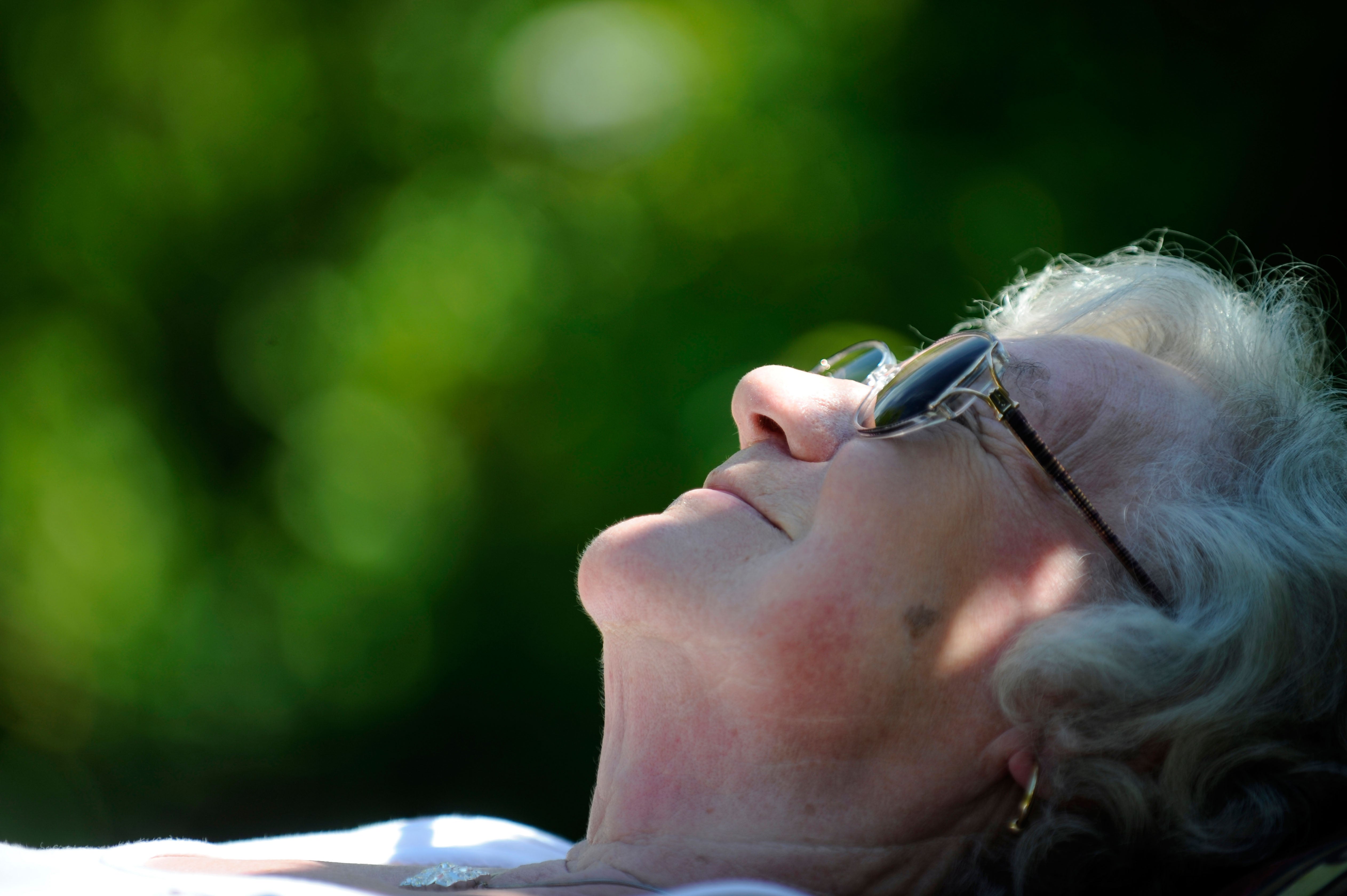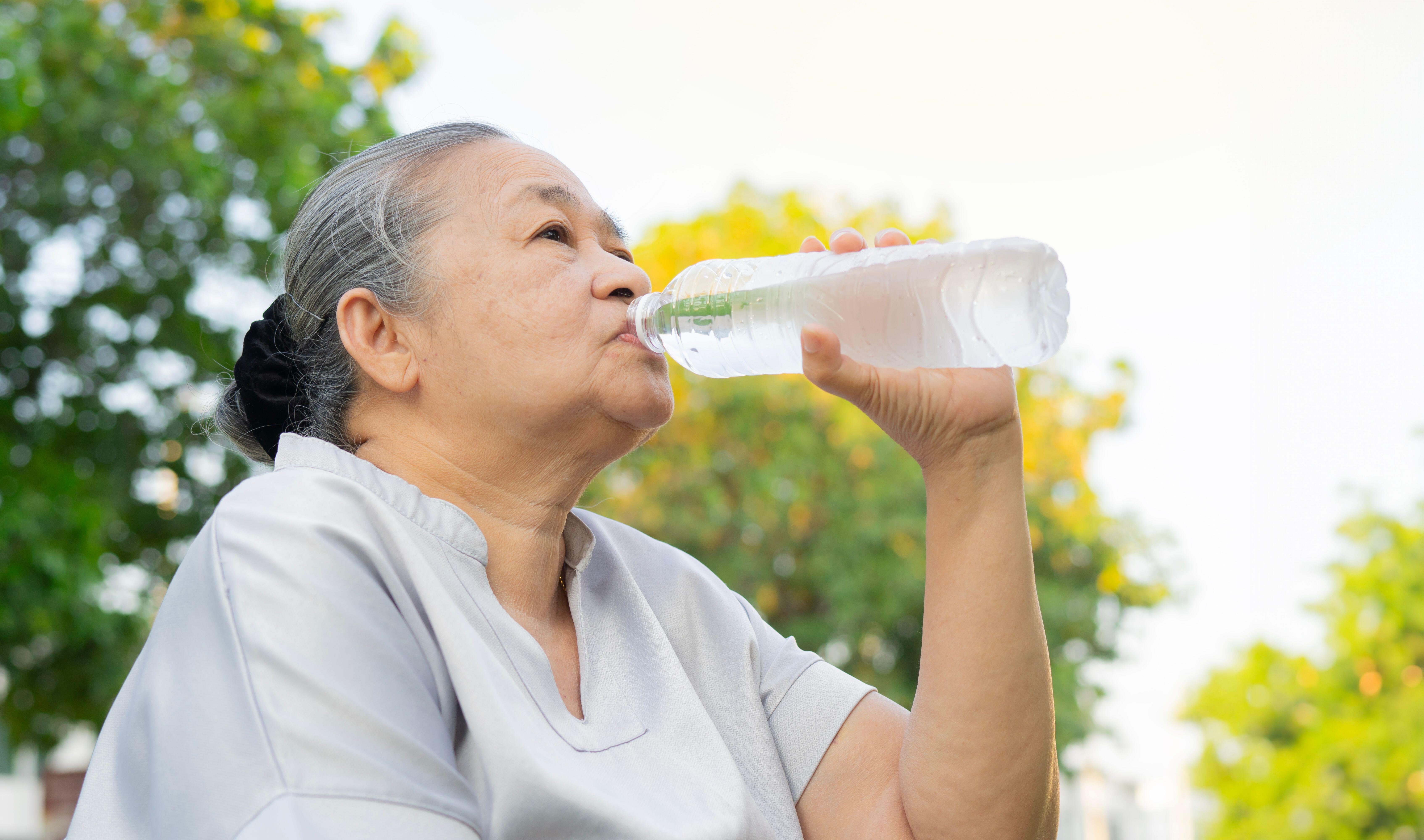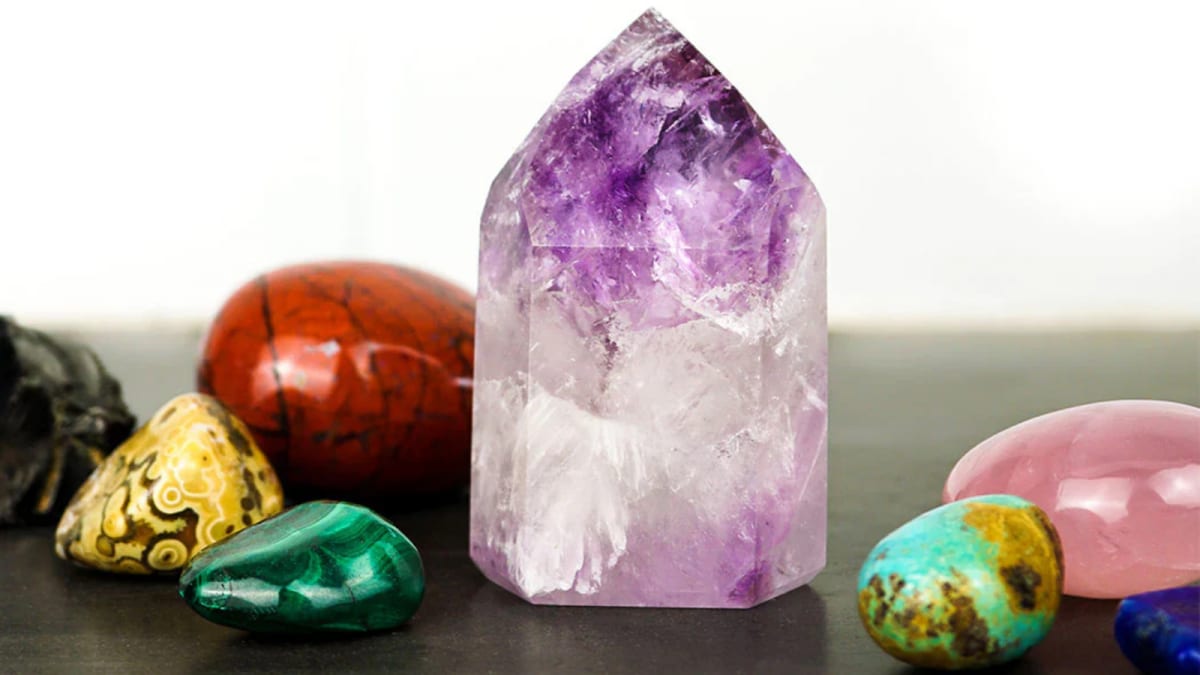Many will be anxious to enjoy the heat of the recent series of glorious sun.
But for those over 60, protecting your skin is vital for health, comfort and trust.
Prioritizing sun security is key. Small measures, such as using sunscreen with a high SPF and investing in a wide wing hat and sunglasses, will make a difference.
Finding shadow during the pico del Sol hours, typically between 10 am and 4 pm, is another effective strategy. Light and long -sleeved clothes can provide an additional defense layer without sacrificing comfort.
Regular skin controls are also essential for monitoring any new change or moles. Consulting a dermatologist can provide personalized advice and address specific concerns related to mature skin.
There are some tips here.
Use broad spectrum sunscreen
“It is essential that older people apply a broad spectrum sun protector with a SPF of at least 30,” says Dr. Naveed Asif, GP of the general practice of London. “This type of sunscreen protects against both UVA rays, which can grow old skin and UVB rays, which cause solar burns and increase the risk of skin cancer.
“Look for products that are labeled as 'water resistant' to guarantee protection during activities such as swimming or sweating.”
In addition, remember to re -apply every two hours, and immediately after swimming or sweating excessive, he adds.
“Marks such as Neutrogena and Coppertone offer reliable options that attend to sensitive skin,” says the GP.
Look for signs of solar damage
Routinely check your skin, especially after the exposure extended to the sun, it can help detect any change at an early stage.
“As we age, our skin can show more visible signs of solar damage,” says Asif. “Common indicators include sun spots, which are flat or black brown spots that appear in areas frequently exposed to the sun, such as face, hands and arms.”
Avoid hard ingredients
“For those with aging or fragile skin, it is advisable to stay away from sunscreen that contain alcohol, fragrances or preservatives as parabens, since they can irritate sensitive skin,” says Asif. “On the other hand, opt for sunscreens based on minerals with active ingredients such as zinc oxide or titanium dioxide.
“These sunscreens not only offer effective protection, but also are less likely to cause irritation. Brands such as Eltamd and Blue Lizard are known for their soft formulations.”

Make the application of sunscreen a daily habit
The sunscreen must be part of its daily routine, regardless of the weather.
“UV rays can penetrate clouds, so apply sunscreen even in cloudy days,” explains Asif. “Make it a habit apply it 15-30 minutes before leaving and remember to re-apply every two hours.
“This is especially important if you spend time outdoors or participate in aquatic activities.”
Be careful with medications
“Some medications can make the skin more sensitive to sunlight, increasing the risk of solar burns,” says Asif. “For example, certain antibiotics, diuretics and even some free sales medications can increase sensitivity.
“If you are taking medications, ask your doctor or chemist if you can affect your sensitivity to the sun.”
Use a lip balm with SPF
“Opt for a lip balm that contains SPF 15 or more to protect your harmful UV lips,” Asif recommends. “Look for products containing moisturizing ingredients such as karité butter or coconut oil, which can help prevent chapeado.”
Take into account fabrics
“To minimize the risk of solar burns through clothing, choose garments with tighter tissues, darker colors and consider options with UPF rating for the best protection,” recommends Dr. Karishma Hemmady, Dermatologist of Stratum Clinics. “Little woven fabrics allow more UV rays to penetrate in the skin.”
Use a wide wing hat
“Use hats with the elderly that provide shadow to your face, neck and ears,” recommends Hemmady. “Hats made of tight fabrics or those with UPF classifications offer better protection.”
Buy sunglasses with UVA and UVB protection
“Protect your eyes with sunglasses that block 100% of UVA and UVB rays,” says Hemmady.
Stay in the shadow during peak hours
“Whenever possible, stay in shaded areas, especially during the maximum intensity hours of the sun (from 10 am to 4 pm),” says Hemmady.
Stay hydrated

“Drinking a lot of water helps keep the skin hydrated and can improve its resistance against sun damage,” says Asif. “Point to at least eight glasses of water a day, and consider incorporating moisturizing foods such as cucumbers, oranges and watermelon in your diet.”
Use a soft moisturizer after one day in the sun
After spending a day to the sun, your skin can feel dry or irritated.
“To help calm and replace moisture, use a soft moisturizer that contains ingredients such as aloe vera or hyaluronic acid,” Asif recommends. “These ingredients hydrate the skin and support the natural healing process.
“Products such as Cerave or Aveeno can be excellent care options after SUN, since they include nutritious ingredients that are beneficial for skin aging.”
Get regular skin controls
“The annual skin controls with a dermatological health professional are crucial for older people, especially if they have a history of skin problems or family history of skin cancer,” says Asif. “These professionals can detect potential problems that may not be visible to the unabled eye.”












